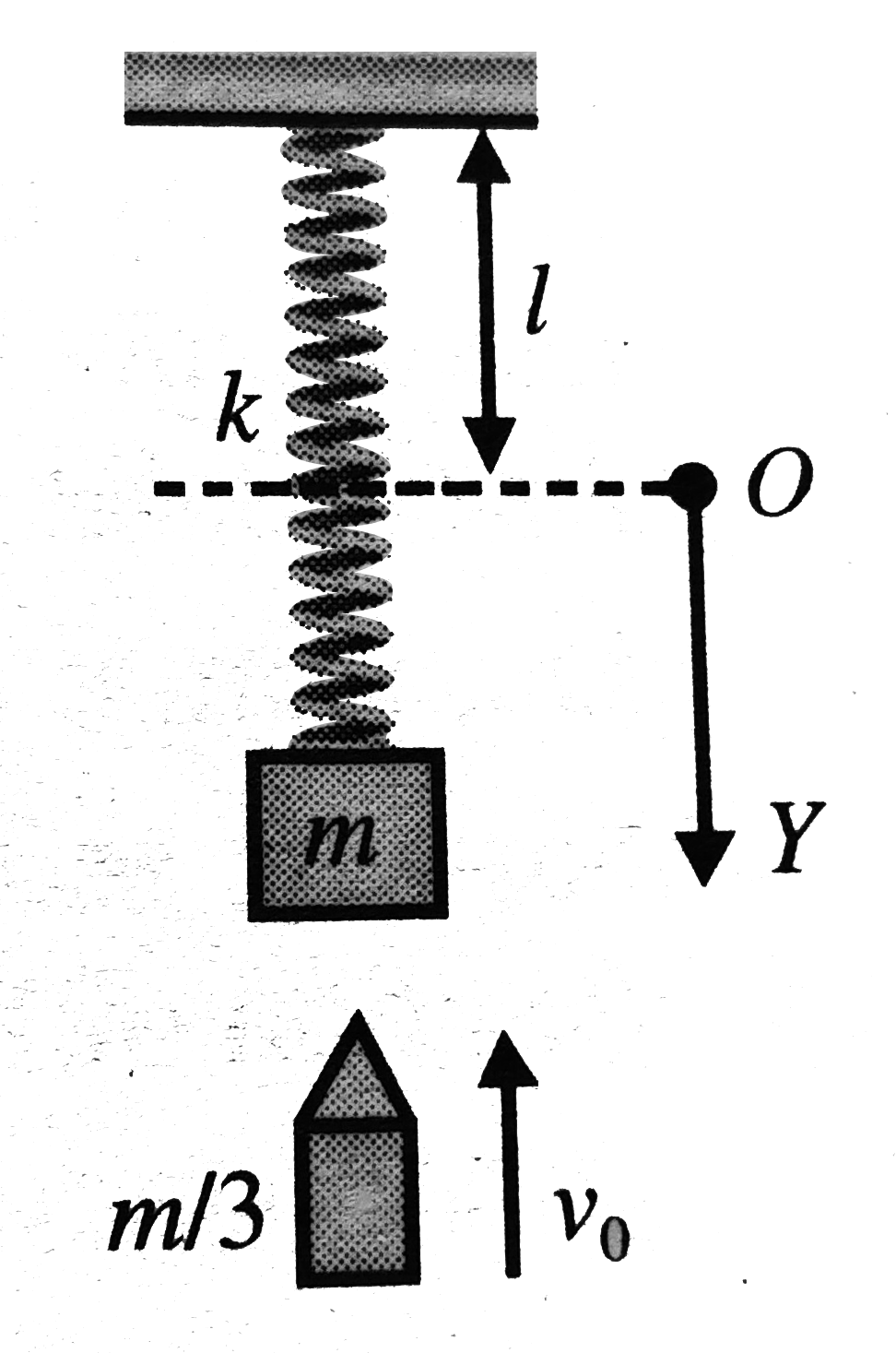A car trvelling at 108kmh−1 has its speed reduced to 36kmh−1 after traelling a distance of 2000m Find the retardation (assumed uniform) and time taken for this process.
To solve the problem step by step, we will first convert the speeds from kilometers per hour to meters per second, then use the equations of motion to find the retardation and the time taken.
Step 1: Convert the speeds from km/h to m/s
1. Initial Speed (u): 108 km/h
u=108×10003600=30m/s
2. Final Speed (v): 36 km/h
v=36×10003600=10m/s
Step 2: Use the third equation of motion to find retardation (a)
The third equation of motion is given by:
v2=u2+2as
Where:
- v=10m/s
- u=30m/s
- s=2000m
Rearranging the equation to solve for a:
a=v2−u22s
Substituting the values:
a=102−3022×2000
Calculating:
a=100−9004000=−8004000=−0.2m/s2
Thus, the retardation is 0.2m/s2.
Step 3: Use the first equation of motion to find time (t)
The first equation of motion is given by:
v=u+at
Rearranging to solve for t:
t=v−ua
Substituting the values:
t=10−30−0.2
Calculating:
t=−20−0.2=100s
Thus, the time taken for the process is 100s.
Final Answers:
- Retardation: 0.2m/s2
- Time taken: 100s
1. Initial Speed (u): 108 km/h
u=108×10003600=30m/s
v=36×10003600=10m/s
The third equation of motion is given by:
v2=u2+2as
Where:
- v=10m/s
- u=30m/s
- s=2000m
a=v2−u22s
Substituting the values:
a=102−3022×2000
Calculating:
a=100−9004000=−8004000=−0.2m/s2
Thus, the retardation is 0.2m/s2.
The first equation of motion is given by:
v=u+at
Rearranging to solve for t:
t=v−ua
Substituting the values:
t=10−30−0.2
Calculating:
t=−20−0.2=100s
Thus, the time taken for the process is 100s.
- Retardation: 0.2m/s2
- Time taken: 100s
Topper's Solved these Questions
- KINEMATICS-1BOOK - CENGAGE PHYSICS ENGLISHCHAPTER - KINEMATICS-1EXERCISE - Exercise 4.2
12 Videos
- KINEMATICS-1BOOK - CENGAGE PHYSICS ENGLISHCHAPTER - KINEMATICS-1EXERCISE - Exercise 4.3
15 Videos
- KINEMATICS-1BOOK - CENGAGE PHYSICS ENGLISHCHAPTER - KINEMATICS-1EXERCISE - Solved Examples
9 Videos
- GRAVITATIONBOOK - CENGAGE PHYSICS ENGLISHCHAPTER - GRAVITATIONEXERCISE - INTEGER_TYPE
1 Videos
- KINEMATICS-2BOOK - CENGAGE PHYSICS ENGLISHCHAPTER - KINEMATICS-2EXERCISE - Exercise Integer
9 Videos
Similar Questions

A block of mass m is suspended from one end of a light spring as shown. The origin O is considered at distance equal to natural length of the spring from the ceiling and vertical downwards direction as positive y-axis. When the system is in equilibrium a bullet of mass m3 moving in vertical up wards direction with velocity v0 strikes the block and embeds into it. As a result, the block (with bullet embedded into it) moves up and start oscillating. Based on the given information, answer the following question:
Q. The time taken by the block bullet system to move from y=mgk (initial equilibrium position) to y=0 (natural length of spring) is (A represents the amplitude of motion)
View SolutionA car moving along a straight highway with speed of 126kmh−1 is brought to a stop within a distance of 200m. What is the retardation of the car (assumed uniform) and how long does it take for the car to stop ?
View SolutionA car travels a distance of 200 km in 3 h. Find the speed of car in ms^(-1)
View SolutionIf a train travelling at 72 km/h is to be brought to rest in a distance of 200m, then its retardation should be:-
View SolutionA car travels for 20 min with a constant speed of 54 km h−1 Find the distance travelled by the car.
View SolutionConvert the speeds in ms−1
36kmh−1
View SolutionThe speed of a train is reduced from 60 km/h, to 15 km/h, while it travels a distance of 450 m. If the retardation is uniform, find how much further it will travel before coming to rest ?
View SolutionA car travels 100 km with a speed of 50 km h−1 and another 200 km with a speed of 20 km h^(-1)~ . Is the motion uniform ? Find the average speed of the car.
View SolutionA car travels with speed 30 km h−1 for 30 minutes and then with speed 40 km h−1 for one hour. Find the average speed of car
View SolutionA car travels with a speed 12ms−1 , while a scooter travels with a speed 36kmh−1 Which of the two travels faster?
View Solution
